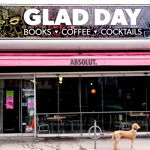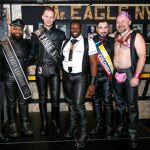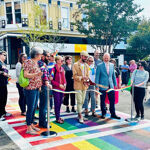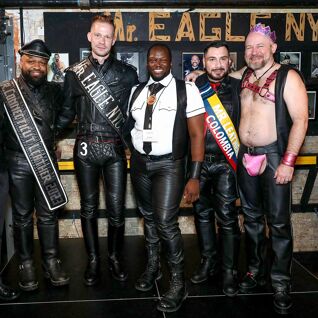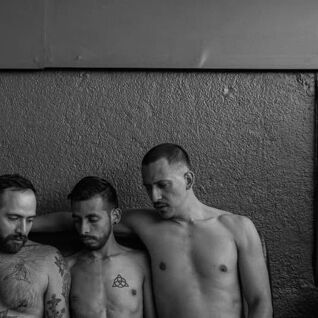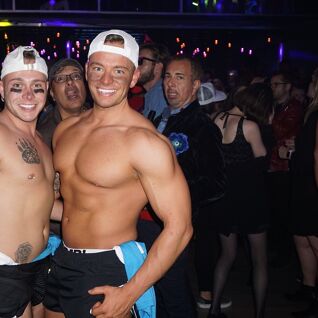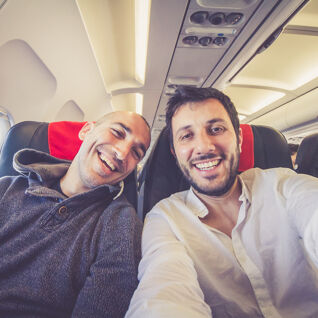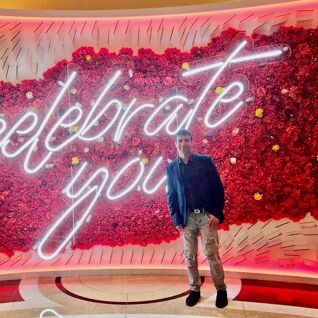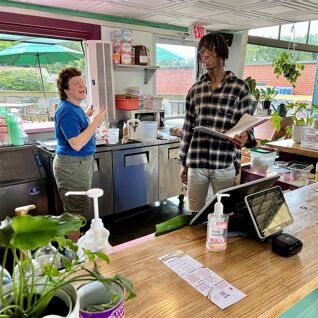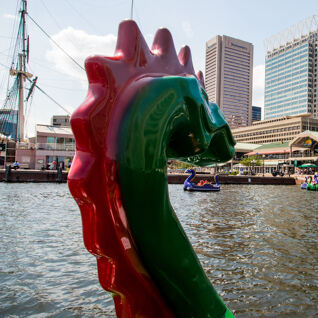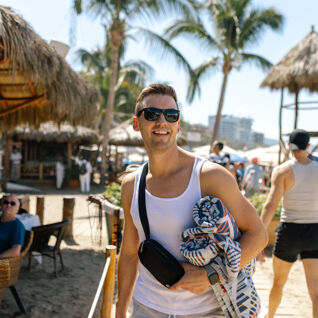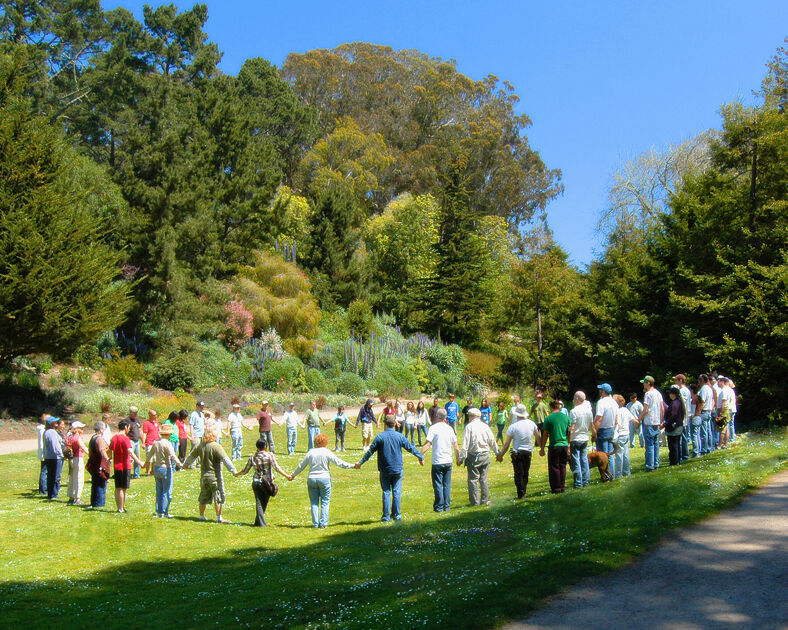
At the height of the AIDS epidemic, countless Americans who lost friends and family had no way to remember or honor them. Their collective grief couldn’t find closure.
Kevin Herglotz, Chief Operating Officer of San Francisco’s National AIDS Memorial, tells GayCities that nothing was being done when thousands were dying across America (and the world).
“There was no place to go, no place to heal. People didn’t know what to do, but they had all this loss, all this heartbreak. The community needed to come together.”
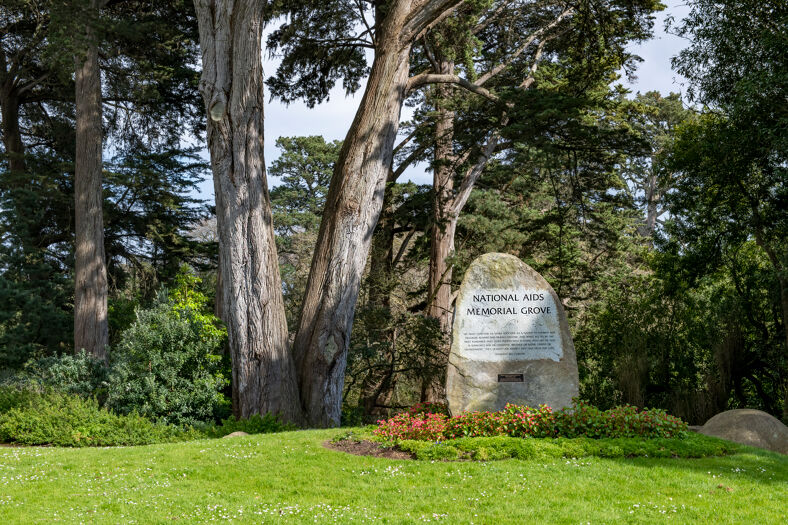
As a result of the government’s lack of action, Herglotz emphasizes queer folks took matters into their own hands, and volunteers decided to create a healing space for comfort.
“A place where people could gather, remember, laugh, cry, and honor the lives of their loved ones who had died. That’s really how the National AIDS Grove Memorial started – an abandoned grove in Golden Gate Park. Then Congresswoman [Nancy] Pelosi got involved, and her heart was into this from the beginning.”
Official recognition
For this reason, in October 1996, Representative Nancy Pelosi spearheaded the passage of legislation to designate the Grove in San Francisco as the nation’s official AIDS Memorial, signed by former President Bill Clinton.
Today, it remains a dedicated space in the national public landscape where “anyone who has been touched by AIDS can grieve openly without being stigmatized.” Thousands of people come each year to walk through the Grove.
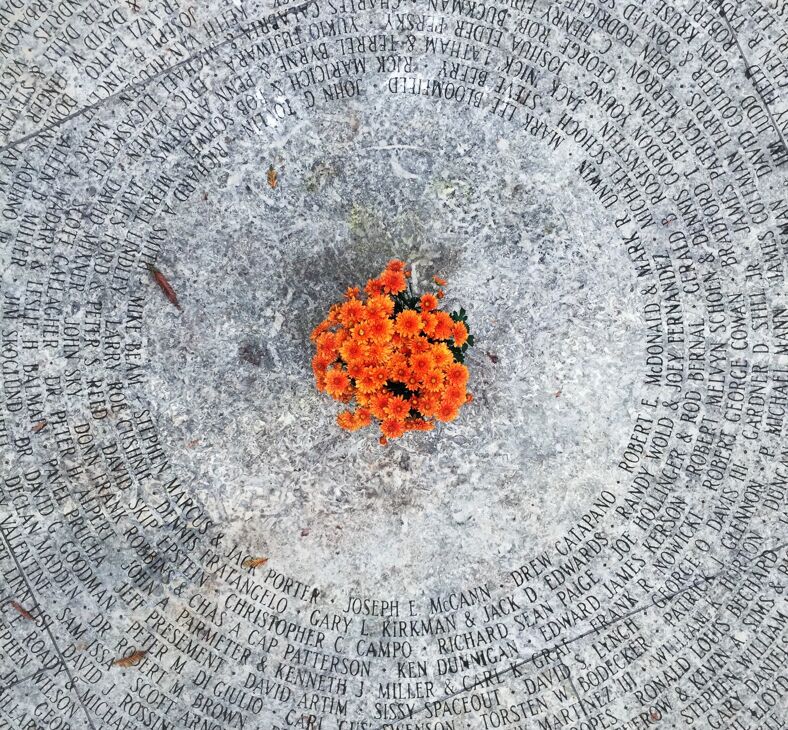
Humble beginnings
Before the Memorial was founded, the AIDS Quilt was conceived in November of 1985 by long-time San Francisco gay rights activist Cleve Jones. He had helped organize the annual candlelight march honoring Harvey Milk and Mayor George Moscone after they were assassinated. When he learned that 1,000 San Franciscans had been lost to AIDS, he asked each of his fellow marchers to write on placards the name of someone they cared about who had passed. When they arrived at the federal building, everyone paved those names on the building’s walls.
“It looks like a quilt,” Jones said, so the idea was born. Then, with the help of plenty queer collaborators, they started making panels for the Quilt.
“Each panel made is three-foot by six-foot,” says Duane Cramer, Director of the Quilt’s Community Engagement. “That’s really to demonstrate the size of a human grave.”
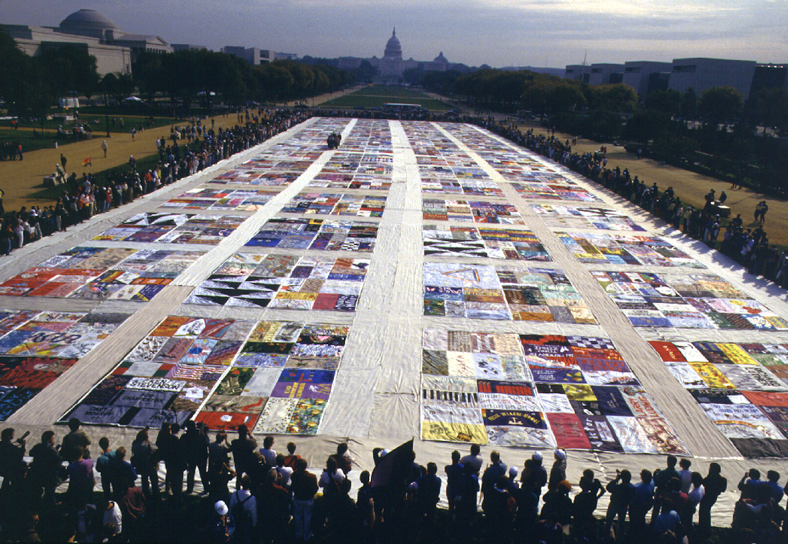
Over the years, the Quilt has enabled thousands of people to immortalize the memory of their loved ones. They are sewn together in a 12 x12 ft block of Quilt, which contains eight panels of lives taken by AIDS.
“Currently, there are over 50,000 individual panels,” Cramer says, “And over 100,110 names represented. It was important to keep adding because the numbers continued to rise and the lack of attention from the government. We really used this as a weapon of love to lay down and demonstrate visually the numbers of people afflicted.”
In 1996, activists took the entire Quilt and laid it out on the National Mall, which stretched from the US Capitol to the Washington Monument. Today, the organization uses the Quilt to educate vulnerable communities, including gay Black and Latin men and people of color. Cramer says these marginalized groups in rural areas are still affected because of a lack of access to education and life-saving resources, such as PREP, PEP, and regular testing.
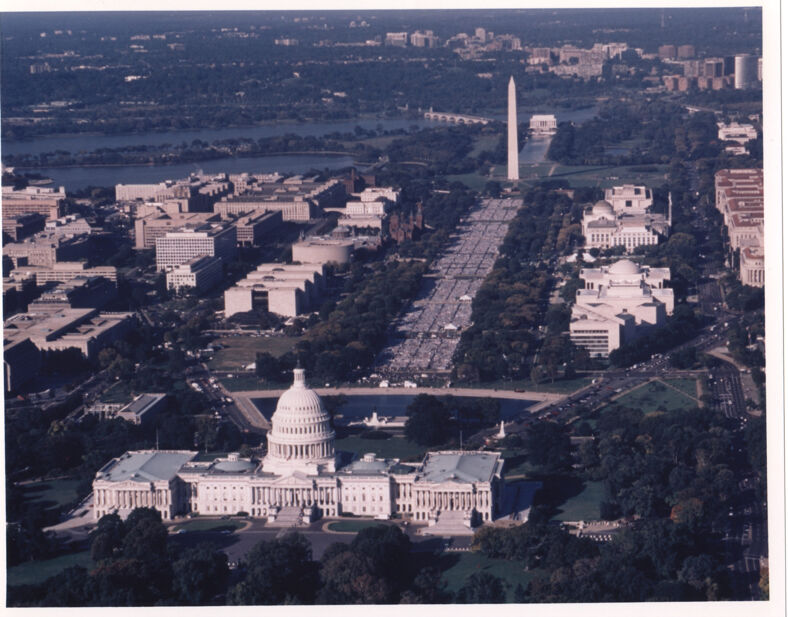
The AIDS Memorial Quilt today
“It’s critical that we continue to push people to remember the people lost so that this won’t happen again. We put a lot of focus on the communities that have been hardest hit. We want to encourage them to be safe and protect themselves.”
By people seeing and learning about the Quilt’s stories, they can see – and perhaps better protect – themselves. Cramer urges that one-on-one educational training is needed across the nation, and every health organization in the US needs to shine a light with a laser focus on the communities most affected by the disease today.
“We need to shout this information from the mountain tops until there is a cure,” he says, as he is currently enwrapped in the Quilt’s magic. “There is so much beauty and love wrapped into this. You can feel it just by being around it.”
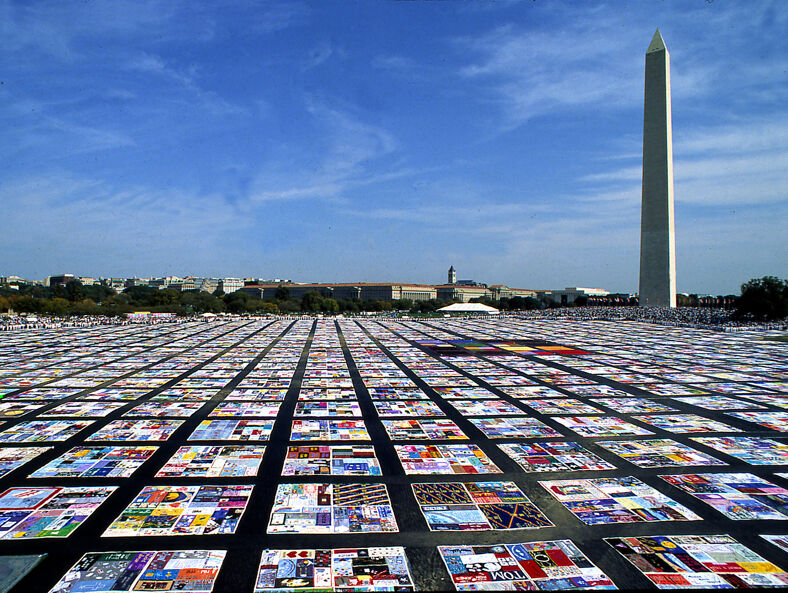
Making an impact
A couple of years ago, the Quilt found a permanent home. After all, it was only natural that the National AIDS Memorial, a location founded to inspire change and prevent more people from dying of AIDS, would be chosen as the Quilt’s official gatekeeper.
Herglotz says that sections of the Quilt go out to hundreds of communities throughout the year for display at churches, universities, events, World AIDS and Pride, etc.
“One of the things that we do is make sure that the stories of the quilt and the stories of the AIDS pandemic can be used as a teaching tool today to reach another generation about the issues we still struggle with about health, stigma, and social justice.”
Both organizations working together will ensure that no marginalized or vulnerable person is left behind.
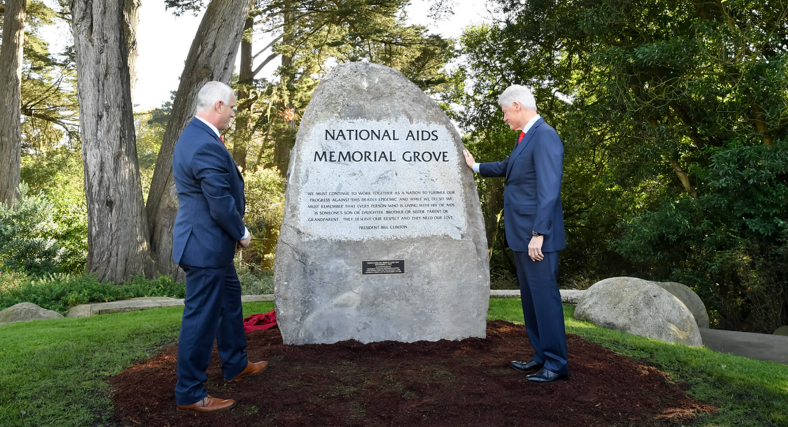
UP NEXT – Pride in Places: How this private club became Mexico’s home for identity and fantasy







